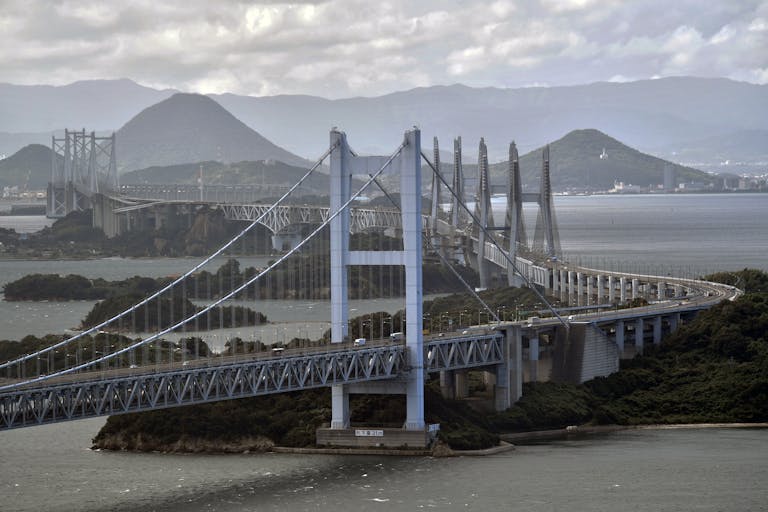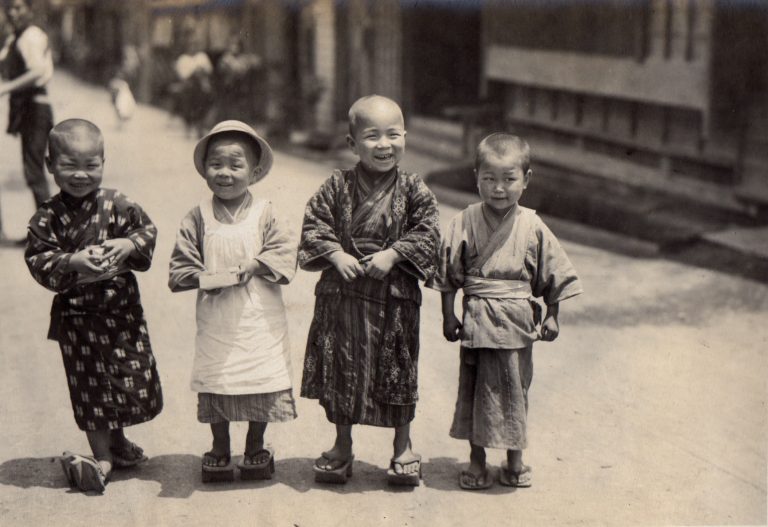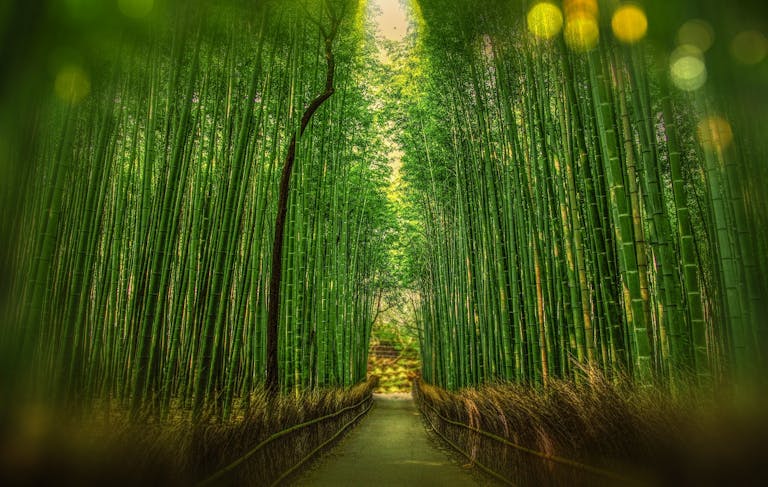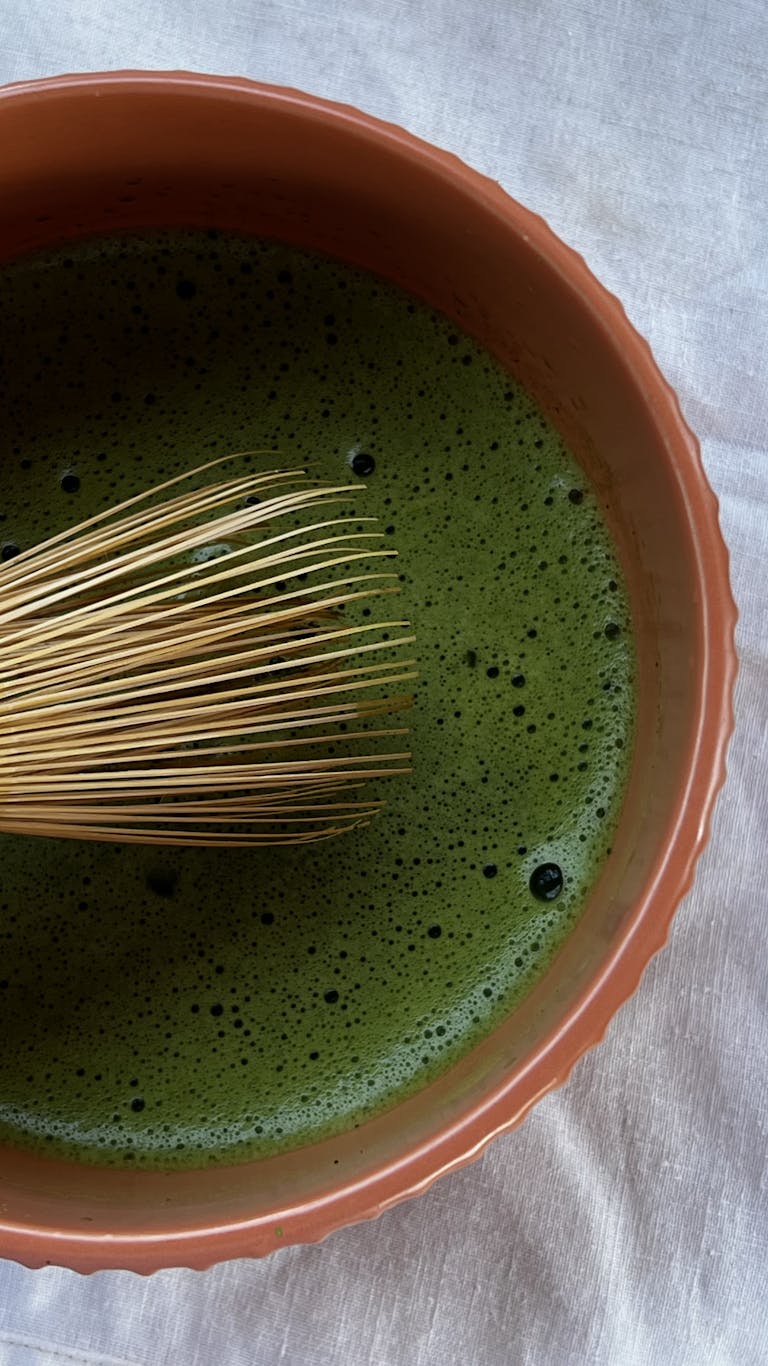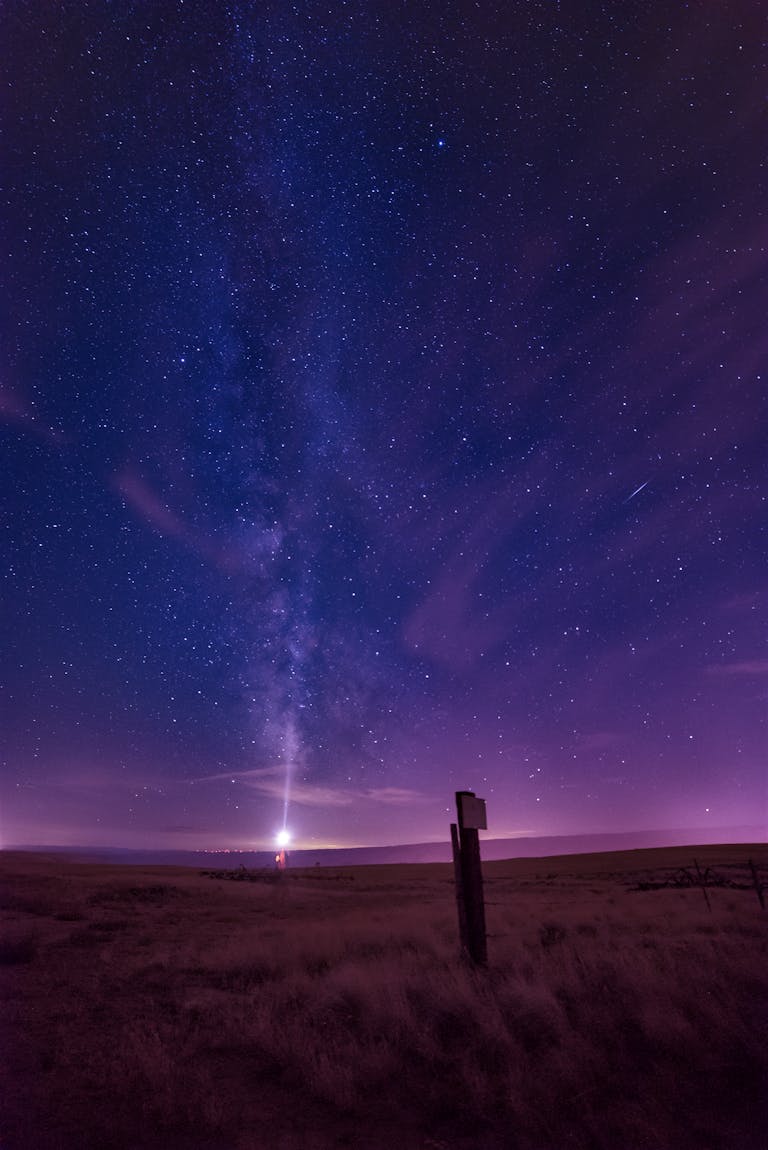Shinto: Mother Nature as Temple for People’s Heart and Soul
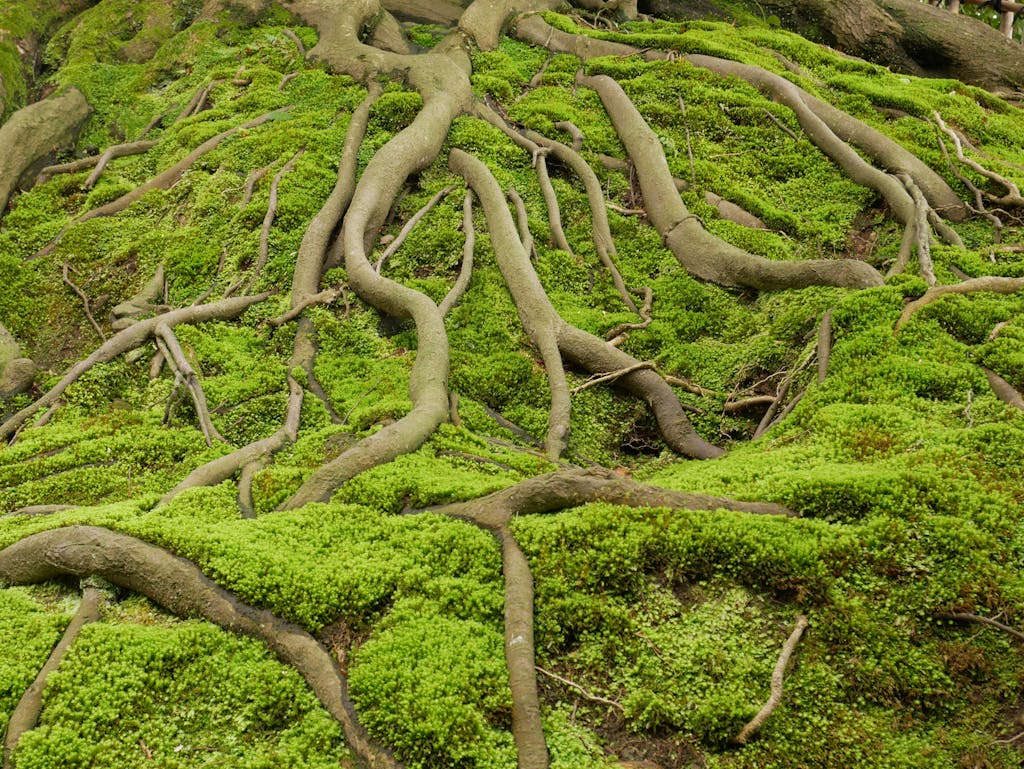
Introduction
I was born and raised as the third generation of my family in a Buddhist-religious institution in Japan, and during my childhood I wasn’t allowed to go into the old shrines or temples, or even just to pass through torii (鳥居, a traditional gate found at the shrines). My parents said that those shrines and temples were part of jadō (邪道, wicked path). The topic of Shinto or any other religions was taboo in my house. That didn’t stop my fascination for those sites and buildings that people revered and cherished for centuries, though. Why, they are simply beautiful and seem even older than history itself and, it’s all part of me which my ancestors lived through for thousands of years.
Why Shinto Matters
Shinto philosophy is the original Japanese philosophy of reverence for Nature. It is more relevant than ever in today’s industrial, machine-filled world. I feel that the key to restoration and healing might lie in learning the origin of my ancestral culture before it began to lose its ways in the modern times. In this post, I will continue following the fragments of my remembrance as a Japanese person. By the end of this ramble, hopefully you and I both will have a better understanding of the origin of a philosophy that makes Japanese culture so unique.
Now, let’s get rambling.
Shinto’s Core Principles
People often think Shinto is a religion. The answer is somewhat complex but simply yes and no. It never was or is a religion; it was only in the Meiji era, just before the World Wars, that the government forced it into an actual religion in order to strengthen Japanese people’s loyalty and patriotism to the country. Japanese people do not have a national religion like Christianity or Hinduism. Rather they follow unique Japanese customs all year around; on New Years we might go pay a visit to Shinto shrines, yet some funerals might be held in Buddhist temples. Also, quite a few Japanese people might celebrate Christmas. This might be pretty strange and confusing to some foreign cultures.
The Heart of Shinto rests on two fundamental principles:
1. Shin ra ban shō ni kami ga yadoru (森羅万象に神が宿る): Divine presence exists in all things – mountains, trees, rivers, and beings. This creates a deep ecological consciousness in Japanese culture.
2. Jōmei shōchoku (浄明正直): Purity and honesty in thoughts, words, and actions naturally create harmony among all life. This principle guides people’s daily conduct.
There is no scripture or a figure worshipped in Shinto. These two principles communicate a tenet and a moral code. I love how simple they are. Also there’s a deep appreciation and respect given to the ancestors in Shinto philosophy.
Key Shinto Deities in Japanese Mythology
Kojiki (古事記, Records of Ancient Matters) is the oldest book on Japanese historical record finished around 712 CE. In it, there are many mythologies and deities from ancient times that reflected the reverence of people for Nature. They are like creation stories of Native American people. These are few of the ancient Japanese gods from mythologies:
Amenominakanushi (天之御中主神, Central God of Heaven)
Izanagi (伊邪那岐命, Male Creator Deity) & Izanami (伊邪那美命, Female Creator Deity) together as a couple creates land from the ocean mud, then eight Japanese islands and many gods. The couple additionally creates plants, trees, mountains and rivers.
Amaterasu Ōmikami (天照大神, Great Sun Goddess) the highest ruling god in Japanese mythology. God of the sun and considered the original ancestor of the first Emperor by the Japanese.
Tsukuyomi (月読命, Moon God)
Susanoo (須佐之男命, Storm God) Major male deity in Japanese mythology depicted with a rough temperament.
Ōkuninushi (大国主神, Great Land Master) ruling nation’s day to day business including medicine, agriculture, and marriage. Later fuses with a Buddhist deity and becomes one of Japanese Seven Gods of Fortune.
Brief Historical Journey
Now let’s go on a ramble back in time to learn how Shinto originated and evolved throughout Japan’s history.
Ancient Origins (14,000 BC – 300 CE)
Even though it wasn’t called Shinto back then, Mother Nature worship in Japan goes back to ancient times. During the Jōmon and Yayoi eras from 14,000 BC to around 300 CE, people performed rituals to communicate with Nature spirits. They also believed in the life after death as it can be seen in the creation of many ceremonial burial grounds for their ancestors around that time. In 3rd century Chinese history book Gishi Wajin Den (魏志倭人伝, Chinese Records of Japan), there’s a record of Japanese Queen Himiko who practiced magic/shamanism to rule the country and create peace around 200 CE. Chinese described the queen as practicing kidō (鬼道, demon way); it seems that Chinese people back then thought Japanese as savages practicing magic. I think that my ancestors were just Nature lovers. There’s something else important to note during this era. Around 660 BC, the first Emperor Jinbu took the throne and established Japan as a sovereign nation, making Japan one of the oldest nations in the whole world, 2685 years old to be exact! Emperor Jinbu is considered a direct descendant of sun god Amaterasu, and this is the origin of the Japanese imperial system.
After the establishment of the Yamato Dynasty around 250 CE, Shinto rituals were utilized to strengthen the authority and power of the dynasty. Many shrines and tombs were built all over the country and national rituals were held by the ruling dynasty often.
Battle Over Buddhism (552~587 CE)
There’s a story of a fierce battle sparked by the arrival of Buddhism from China around 550 CE. This battle—Teibi no ran, became a pivotal event in Japanese history as it created the cultural influence from Buddhism centuries afterward. When the Emperor sought counsel on whether to embrace this foreign religion, the debate between the pro-Buddhist Soga clan and the traditionalist Mononobe clan escalated into warfare that spanned generations. The conflict evolved beyond religious differences to encompass imperial succession in the next generation, culminating when the Soga family assassinated both the Mononobe clan’s imperial candidate and their leader—the son of Buddhism’s original opponent. This to me very much contradicts Buddhism principles. Alas, it is what happened and Buddhism subsequently flourished throughout Japan, profoundly shaping the nation’s cultural and artistic development.
What strikes me here is that acceptance of Buddhism by Japanese people did not cause them to abandon Shinto. Shinto was not really a religion to the people, but rather a way of life for them, creating Japan’s unique spirituality.
Buddhist Integration (593~710 CE)
From 593 to 710 CE in Japan is called the Asuka era, a significant period in which a legal state system was established, and Buddhism and other philosophies such as Confucianism made their way to the island. Shinto also evolved alongside the changing times. Shinto’s original principles remained solid as a bedrock, and Japanese people infused teachings from Buddhism, Taoism, and Confucianism into their way rather gracefully. Syncretism of these different religions naturally happened in Japan and Japanese people made it a unique philosophy which became Shinto with its customs and festivals celebrated to this day. The ruling class solidified and legitimized Shinto around this time, and Shinto priest system was created. These priests from certain clans in Japan performed rituals as a part of the state system, and shrines are further built and organized along with these priests around the country.
Heian Era Shinto and Buddhism Flourished
Shinto and Buddhism syncretism further evolved in Japan during the Heian Era between 700 and 1156 CE, as we can see this is the period during which many of unique Japanese culture and art such as Cha no yu (tea ceremony), calligraphy, and literature.
Medieval Evolution (1156~1600 CE)
During the middle ages then Sengoku era, as more wars broke out between feudal lords and political systems changed repeatedly, people in Japan turned toward spirituality to cultivate inner peace in their daily life. Warriors prayed for the native gods and nature spirits of their territories for strength and protection. People prayed for safety and abundant harvest. Around this time, some shrines started to house specific deities such as Hachiman (八幡神, God of War), Inari (稲荷神, God of Harvest), and Kumano (熊野神, Guide of the Dead). During the turbulent Sengoku feudal war era, Shinto martial arts originated as a means to train and also to deepen the connection of the practitioners to the spirit of Nature and gods. They include naginata (薙刀, glaive), kendō (剣道, way of the sword), kyūdō (弓道, way of the bow), and yabusame (流鏑馬, horseback archery). They were used not only as military training, but also part of traditional Shinto rituals.
Edo Period Practices (1600~1868 CE)
Chaotic civil war ended and the Edo shogunate was established; there was overall peace and prosperity in Japan, and administration of Shinto shrines resumed. People have gathered and made pilgrimages often to the Shinto shrines around the country. During the Edo era, Buddhism was commonly practiced, but generally as a philosophy, it stagnated. On the other hand, principles of Confucianism fitted the secularism trend of the era and Confucian Shinto philosophy originated.
Meiji Transformation and Westernization (1868~1945 CE)
Meiji Restoration started in 1868 and in order to strengthen the absolute power of the emperor, the law was created making Shinto to be a national religion, also separating Buddhism along with other philosophies from Shinto clearly. As I wrote at the beginning of this post, Shinto has never been a religion as there is no scripture except for those that are written in the heart and soul of people for generations or a specific figure that is being worshipped. However, the Meiji government forced Shinto to become a national religion, utilizing it to educate and strengthen loyalty and patriotism of Japanese people.
Post-War Changes (1945~present)
After Japan’s defeat in World War II, the Allied Occupation under General MacArthur implemented dramatic changes to Shinto’s role in Japanese society. The Shinto Directive of 1945 separated religion from state control, ending Shinto’s status as a state religion. While this policy aimed to reduce militaristic nationalism, it allowed Shinto to return to its original nature – a spiritual philosophy deeply connected to the natural world and daily life. The Emperor became a symbol of state unity rather than a divine figure, leading to a more personal and ecological focus in Shinto practice.
Modern Living Shinto
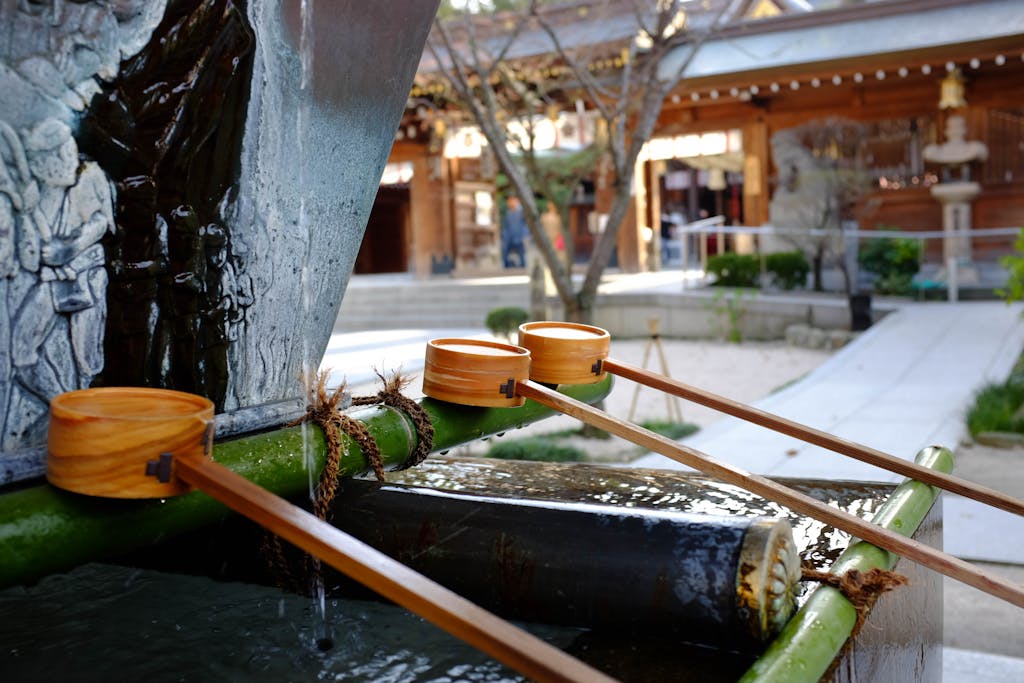
Contemporary Practices
Today, Shinto influence is felt in every aspect of Japanese life. Every important event in people’s lives is usually accompanied by Shinto rituals, praying and asking for native deities for guidance and protection. Here are some common practices.
Pilgrimage to Jinja (神社, shrine)
It is called omairi (お参り). It can be done anytime but it’s recommended on the 1st and the 15th of the month or anytime there are festivals or rituals. Before proceeding to the altar, people are encouraged to cleanse their mouth and hands with pure water. When in font of the altar, you can throw a change or two into the wooden box for the spirits then ring the big bell. Then two bows, two hand claps, and finish with one bow. This is considered to be a standard manner of pilgrimage.
Ritual Washing and Purification
Cleansing of impurity from everyday life with bathing at the end of the day. Salt is believed to be very cleansing, and some people put cones of salt by the entrances of their home to cleanse the impure energy.
Offering to Kamidana (神棚, Shinto altar) at Home
When there’s a Shinto altar at home, daily offerings of rice, water, fruits, sake (rice wine), and other goods can be given along with prayers.
Ji chin sai (地鎮祭, ground-breaking ceremony)
A ritual to ask the local landlord spirit permission before beginning any new construction and building projects. It is done as a prayer for safety and also for the prosperity of home or business occupying the building in the future.
Modern Environmental Practices
Preservation and responsible stewardship of Natural elements are a big part of Shinto practice.
Chinju no Mori (鎮守の森, Sacred Forest)
Ancient shrine forests preserved as ecological sanctuaries
Sacred tree (shinboku, 神木) preservation programs
In addition, communities all over Japan often have programs to preserve and educate about environmental stewardship. Here are some common activities.
Traditional shrine architecture using sustainable materials
Community clean-up activities at shrines and surrounding areas
Natural resource conservation through shrine practices
Educational programs teaching traditional ecological knowledge
Protection of water sources near shrines
Wildlife sanctuary areas within shrine grounds
Seasonal Shinto Rituals Year Round
Seasonal rituals are very important to Japanese culture as they maintain and deepen our connection to Nature and the native land. Through these rituals, Japanese people are able to share their reverence, gratitude and prayers with the natural world, and pass on the wisdom to future generations, as children are a big part of many of these Shinto ritualistic events.
Hatsumode (初詣, the first pilgrimage of New Year)
A visit to a local shrine and pray for the coming year on New Year’s day.
Hinamatsuri (ひな祭り, a festival to celebrate girls’ health and prosperity)
On March 3rd, we celebrate girls by displaying Hina dolls (ひな人形) in our homes.
Kodomono hi (こどもの日, a children’s day)
On May 5th, we celebrate children’s healthy growth. It is originally to celebrate boys.
We put up colorful carp kites.
Tanabata (七夕, celebration of two stars meeting in the milky way)
On July 7th, we celebrate meeting of two star lovers Orihime (織姫, vega) and Hikoboshi (彦星, altair). Prayers are written on the small paper tags and hung on bamboo trees.
Obon (お盆, a festival of ancestors)
Japan’s national holiday weekend around mid August to welcome back deceased ancestors to show them respect and gratitude. They are sent away on the last night of the weekend.
Shichi go san (七五三, celebration of children at 3, 5, and 7 years old)
In November, children turning 3, 5, and 7 years old will dress up and show appreciation for spirits for healthy development.
Toshi koshi no harae (年越の祓, end of the year purification)
On December 31st, shrines everywhere hold rituals to purify the year’s impurities and bad deeds. It’s very common for Japanese people to deep clean their home at every end of year, myself included.
Conclusion at a Resting Place
Shinto has changed forms and shifted in philosophy, ever evolving and adapting other philosophies such as Buddhism, Confucianism, and Taoism from the ancient times to the modern day Japan. This, I feel, is the reason why Shinto has stayed deep in the heart and soul of Japan all this time, like a candle flame ever protected with caring hands from the gust of the world. It is a powerful force, much like blood that carries life-giving nutrients from the heart to the rest of the body; it runs deeply and fiercely in the Japanese heart and soul today.
Thank you for sticking with me on this rambling journey down the path of Shinto, the Japanese spiritual concept. It saddened me to learn that this beautiful spirituality was sometimes used against Japanese people as a means of control, or nearly demolished by foreign forces. However, I can see and feel that the Shinto spirit of harmony with Nature and each other pulses strongly in our ancestral hearts and blood vessels. With that, I found yet another lost piece of my ancestral memories.
Did you find/remember/gain any pieces on your ramble? I hope you did. And we are at a resting place now. Until next time, take care friends!
じゃあまたね!I will see you soon!
P.S. Please leave a comment below on your thoughts and what you liked about this post! I would love to hear from you. To join the ongoing rambling journey through my periodic newsletter and receive Japan’s stories, hidden gems, recipes and more, you can sign up from the home page. かんぱい!Cheers!

